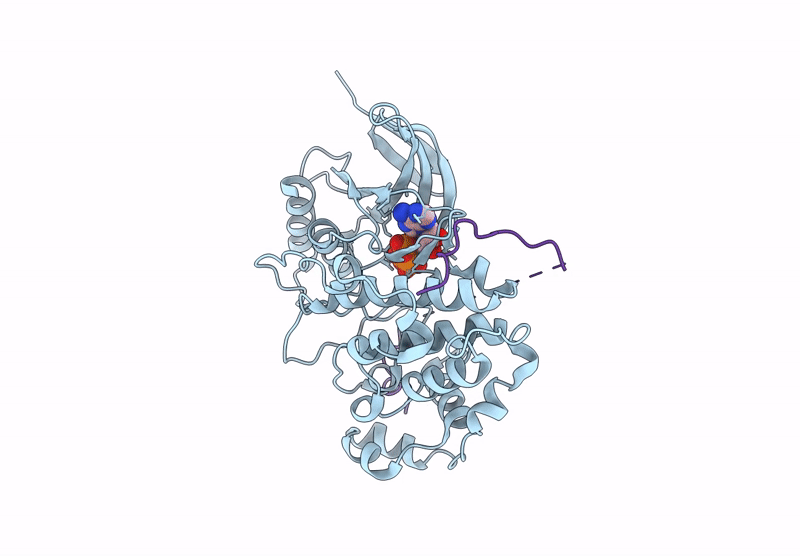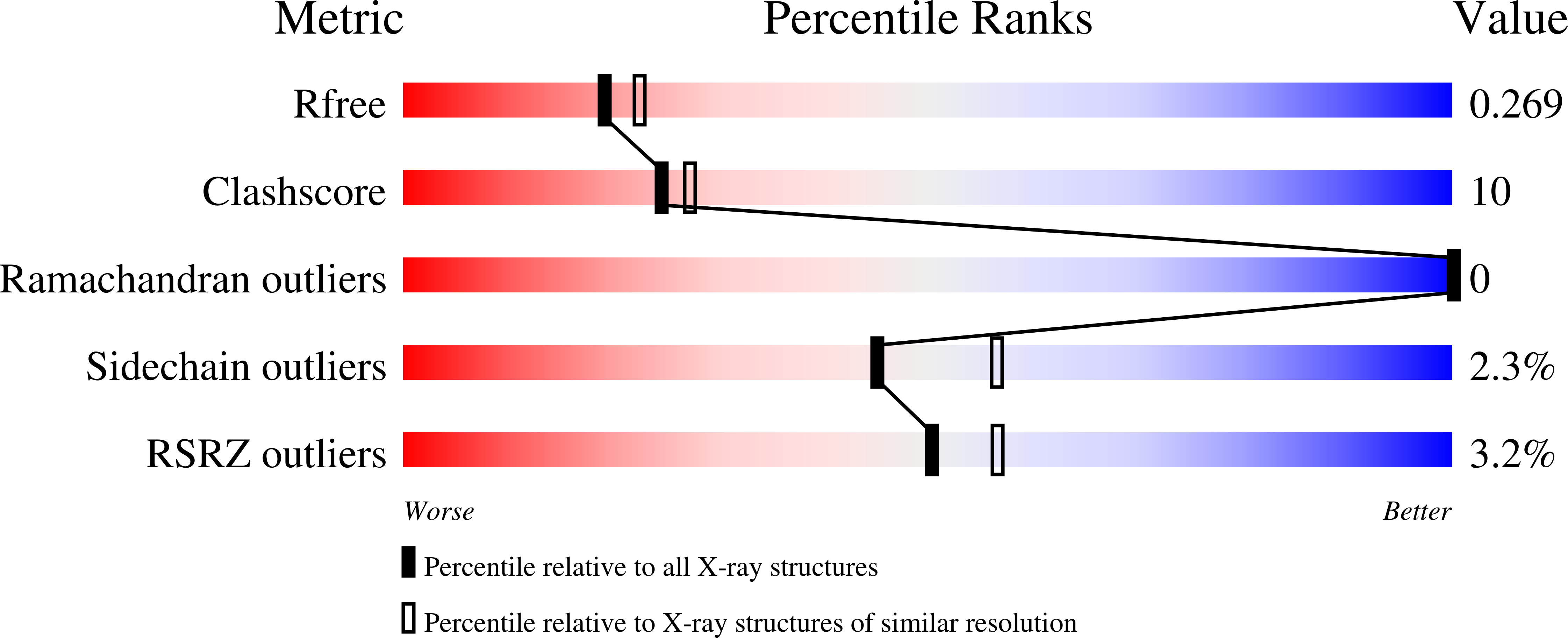
Deposition Date
2024-06-24
Release Date
2025-02-05
Last Version Date
2025-03-12
Method Details:
Experimental Method:
Resolution:
2.35 Å
R-Value Free:
0.27
R-Value Work:
0.23
R-Value Observed:
0.23
Space Group:
P 31 2 1


